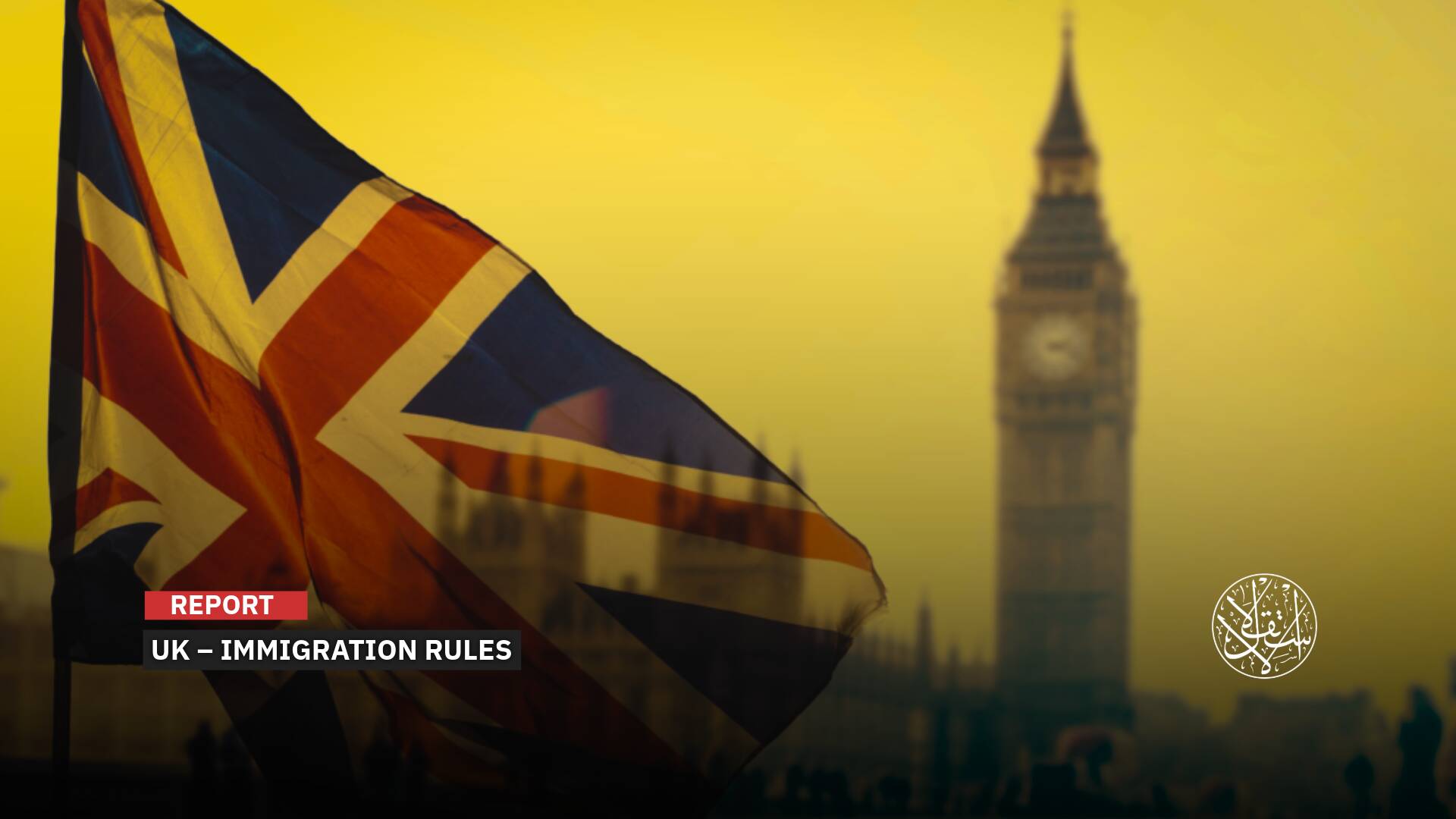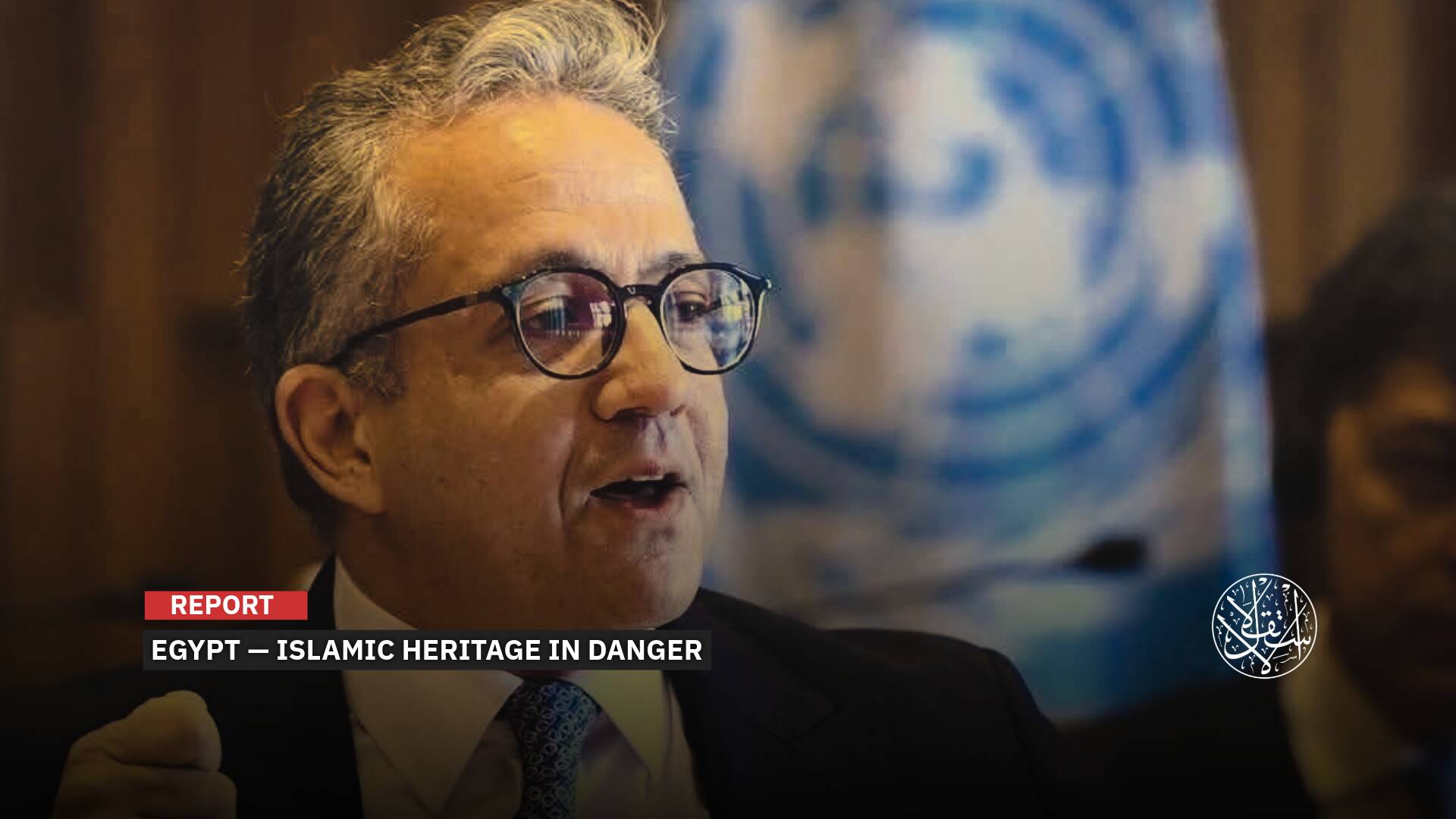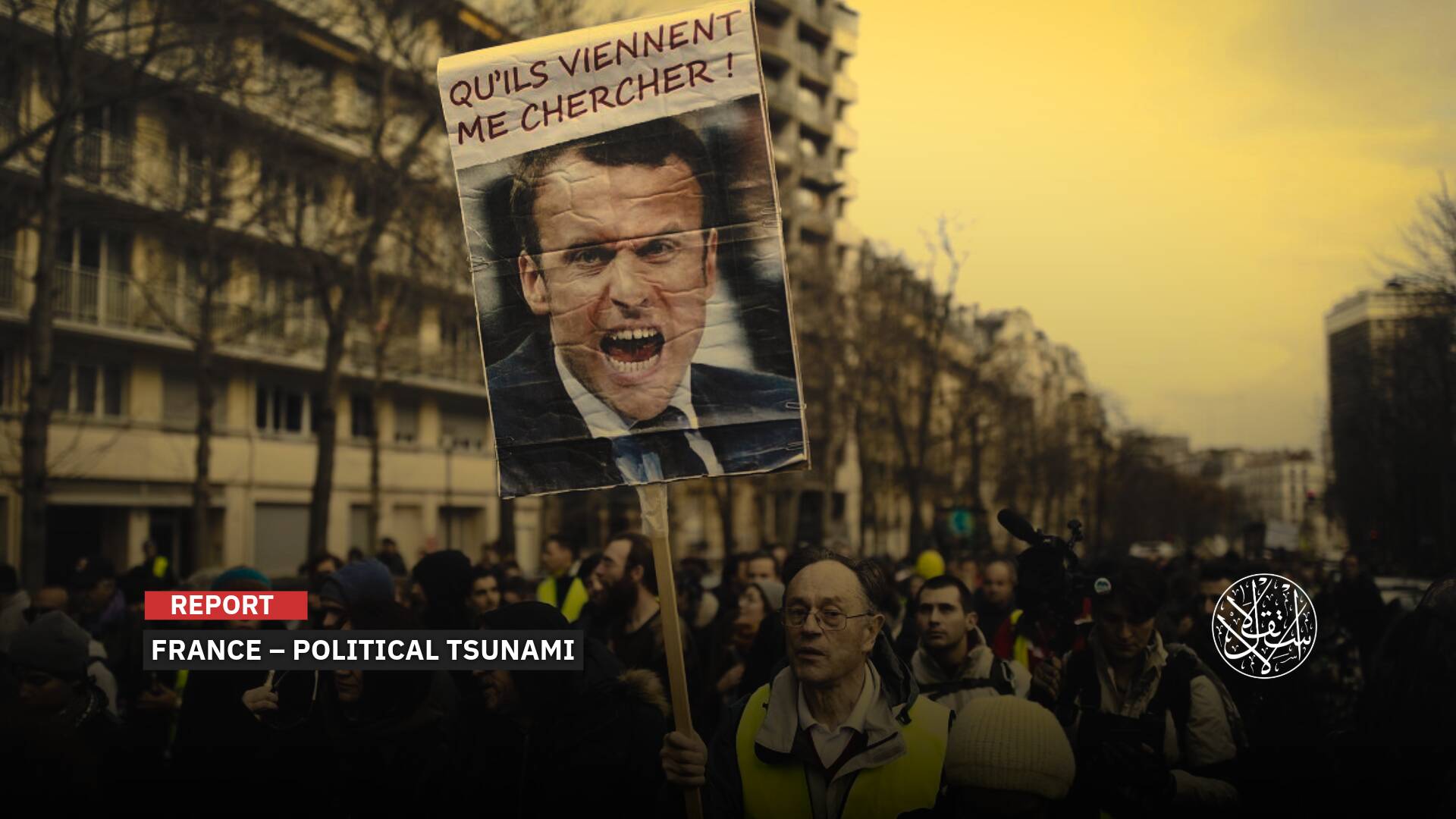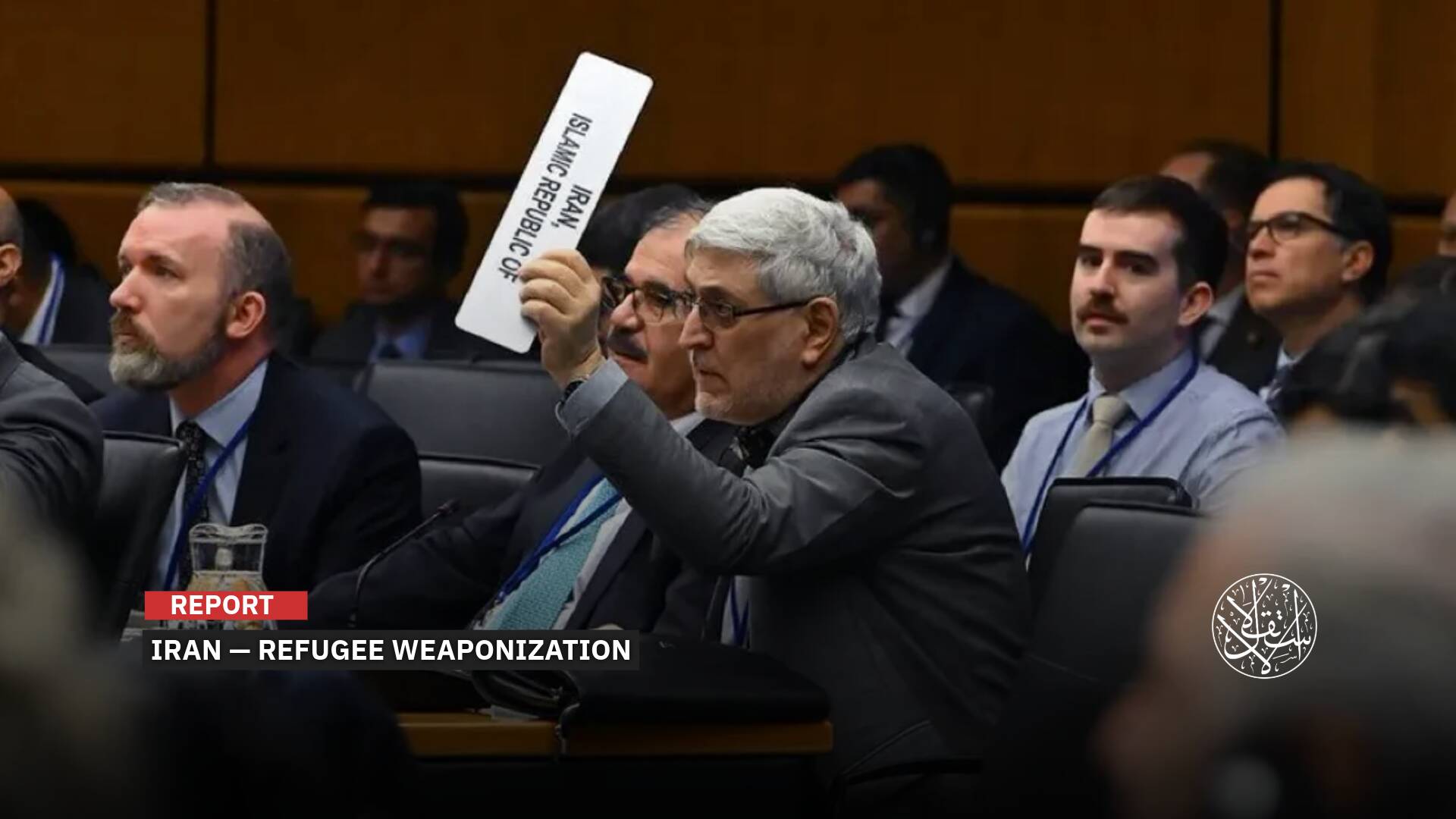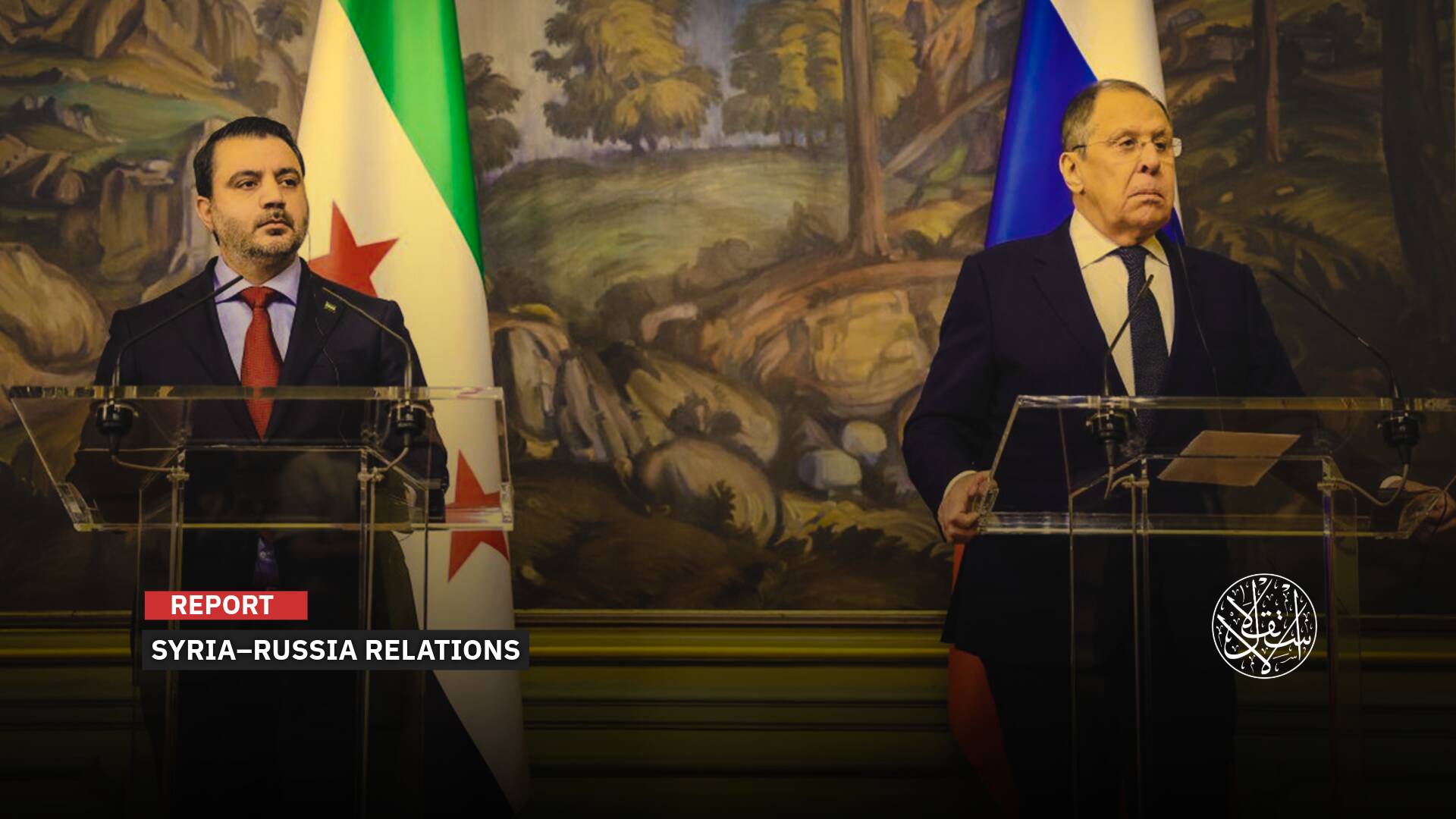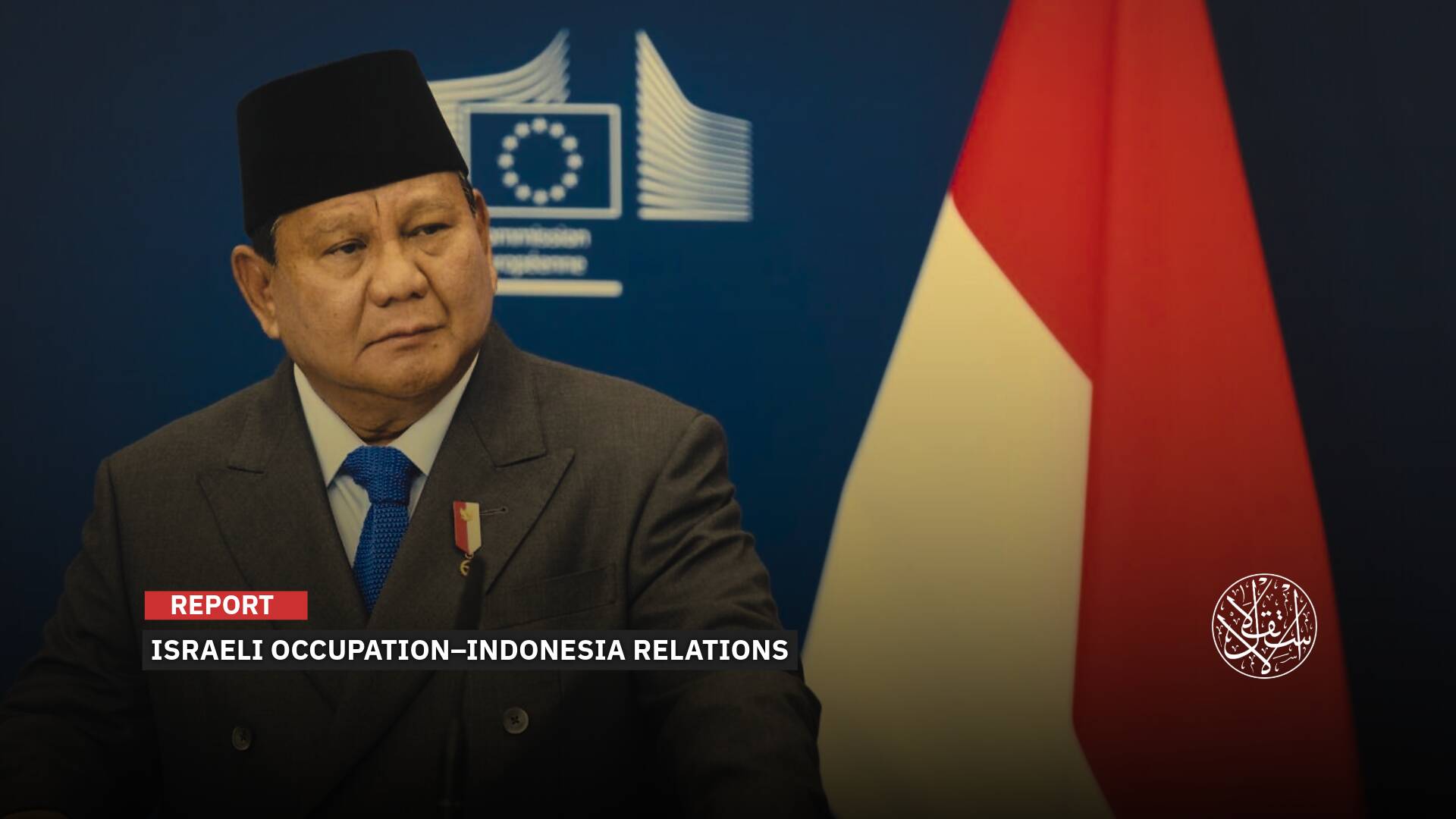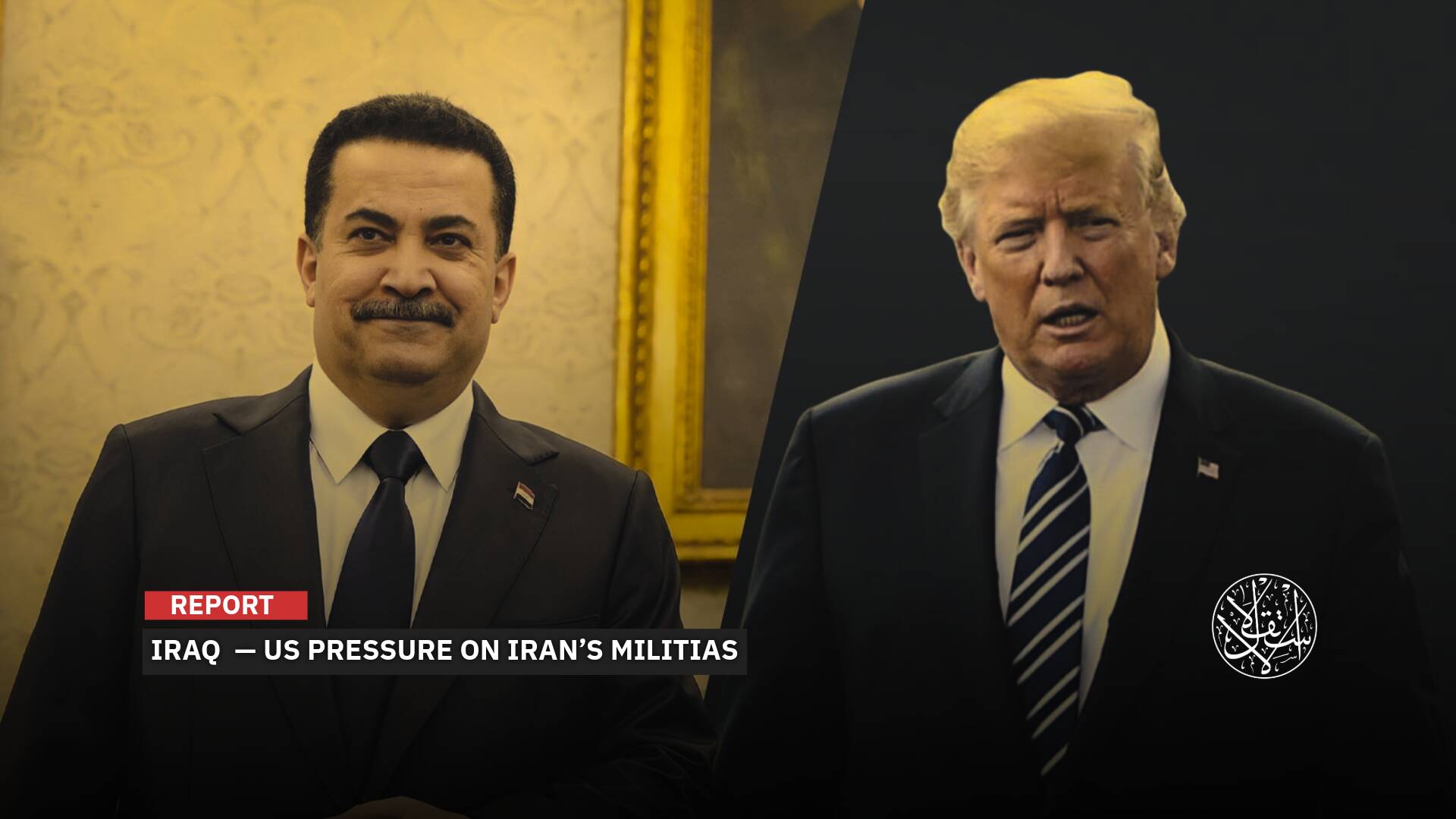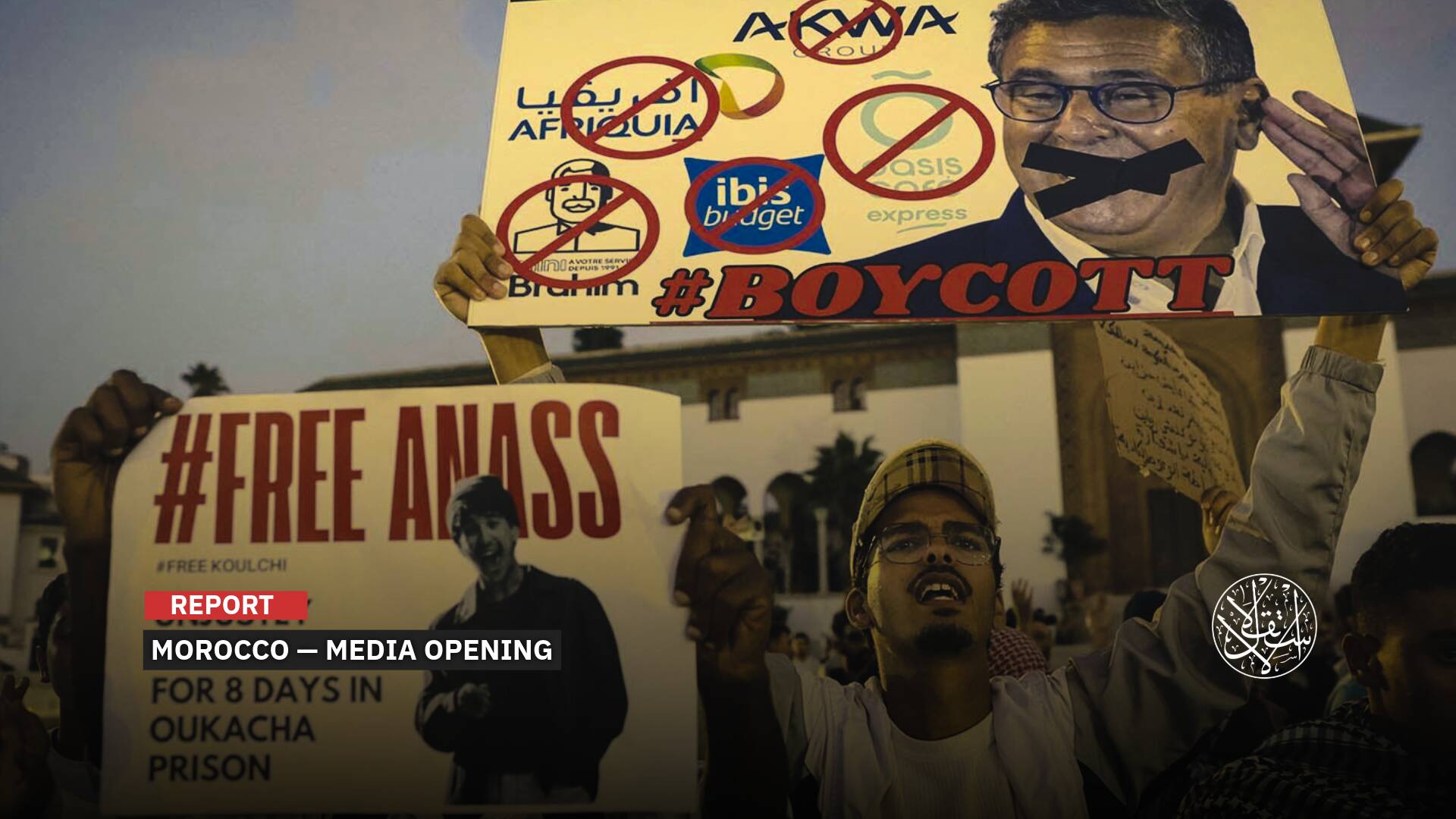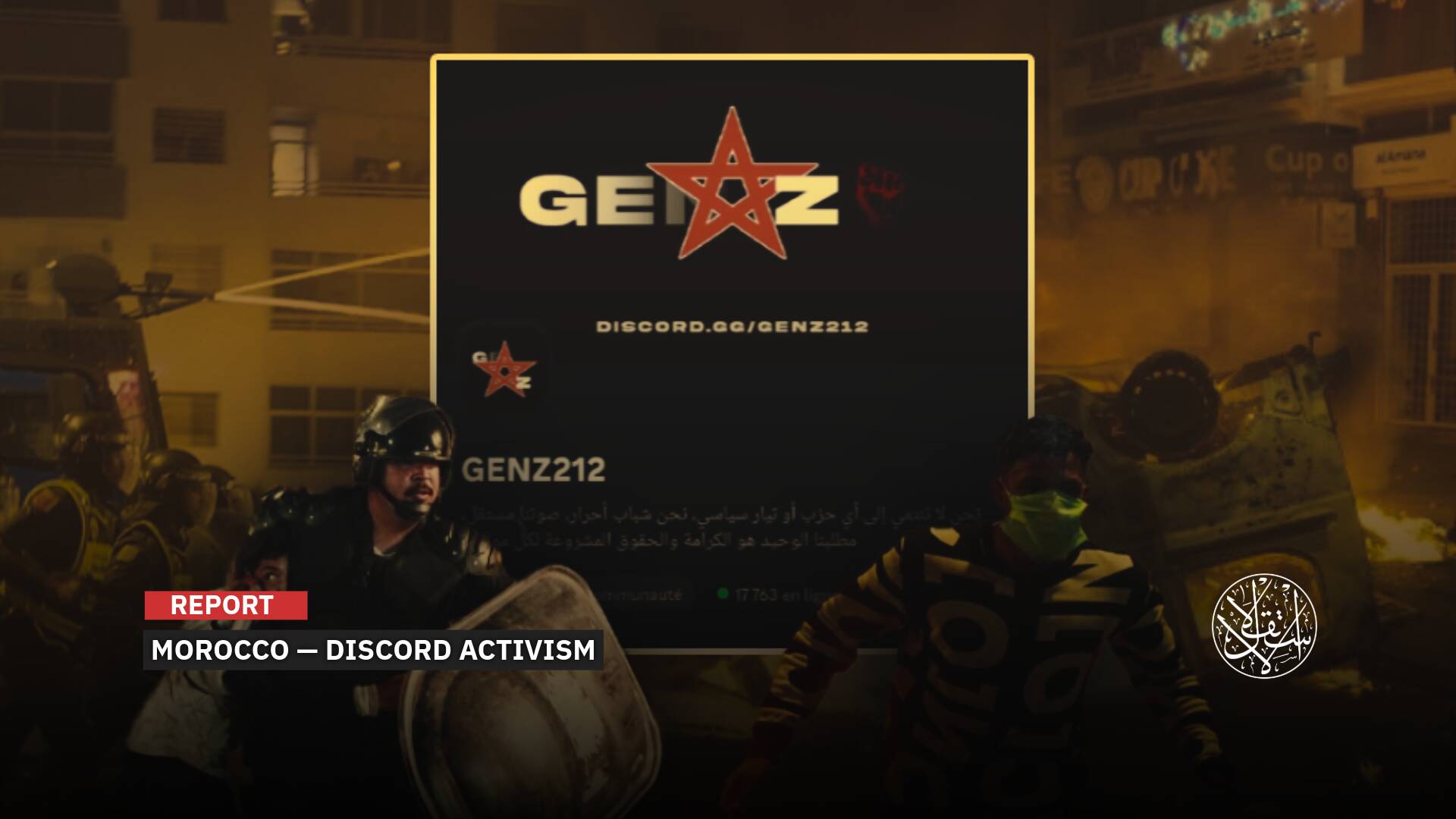A Double Tragedy Without UN Support: How Are Rescue Operations for Earthquake Victims in Northwestern Syria Going?

A difficult dawn that Syria and Turkiye experienced on February 6, 2023, when a devastating earthquake measuring 7.8 on the Richter scale struck multiple regions of the two countries, leaving more than 16,000 dead and tens of thousands injured, in addition to appalling material losses.
Despite all the damage caused by the deadly earthquake in the cities of southern Turkiye, its aftershocks were worse in northwestern Syria for several factors, including the large number of destroyed buildings and the long bombardment that cities and neighborhoods were subjected to during the previous years by the Bashar al-Assad regime and its allies, especially in the countryside of Idlib and Aleppo.
While the Syrian Opposition Coalition called on international humanitarian organizations to intervene urgently to provide relief to the victims of the earthquake, the Syrian Civil Defense (White Helmets), who is leading strenuous efforts to rescue those trapped under the rubble after the devastating earthquake, announced northwestern Syria, a disaster area, pointing to its poor ability to cover the search for survivors in light of the destruction.
Local organizations in northern Syria are still repeating their calls on the international community to deliver urgent aid to the disaster area, which mainly suffers from destitute living and economic conditions, and is home to more than five million people, most of whom are IDPs.
Double Tragedy
With the war in Syria approaching its twelfth year, without a political way out for the return of peace to the country, the earthquake, which had its epicenter in southern Turkiye, exacerbated the tragedy of the residents and the IDPs in the northwestern region of the country.
The number of earthquake victims in northwestern Syria has reached more than 1,930 dead and more than 2,950 injured, in an initial toll that fears will rise dramatically due to the presence of whole families still under the rubble of destroyed buildings and houses, according to what was announced by the White Helmets team.
Rescue operations continue for survivors under the rubble, despite the weakness of the means and the lack of relief teams, at a time when the humanitarian organizations operating there are calling for international sympathy for the afflicted in northern Syria and urgent assistance to provide relief to the afflicted, meet their needs and mitigate the tragic consequences for them.
More than 75 hours after the earthquake occurred, the White Helmets announced that they pulled out hundreds of dead from under the rubble of their destroyed homes in Jindires; the situation is still catastrophic with the presence of hundreds of others buried.
On February 9, 2023, the White Helmets said in a tweet: “We are at a critical point…Time is running out, hundreds of families are still stuck under the rubble. Every second means saving a life. More than 75 hours after the earthquake, our teams continue search operations amid great difficulties and the need for heavy machinery to remove rubble.”
Death toll from the earthquake in NW #Syria has risen to 1,900+ with more than 2,950+. Number is likely to rise significantly, hundreds of families remain under the rubble of destroyed buildings. Our teams continue search & rescue operations 75 hours after the #earthquake. pic.twitter.com/XbTTVVQuF5
— The White Helmets (@SyriaCivilDef) February 9, 2023
About the ability of the medical reality in northern Syria to bear these large numbers of injured, the Syrian Dr. Ahmed Hassan said in a statement to Al-Estiklal that “hospitals capable of receiving emergency cases in the region received more than 5,000 injuries for survivors of building collapses in the region during the first two days only of the earthquake.”
“The medical sector in northern Syria faces great challenges in light of the interruption of support, as hospitals face a problem in securing fuel after depleting the reserve stock, in addition to the difficulty of securing oxygen,” he stressed.
Dr. Hassan noted that the medical personnel in the region are completely disproportionate to the scale of the disaster, pointing out that there is a large turnout of volunteers to provide assistance, whether logistical or by donating different blood groups.
He warned that hospitals in the region have exhausted their reserve stocks of medical materials and fuel during the first two days, calling on international donors and international organizations to speed up the process of delivering medical supplies to save the survivors of the earthquake.

No UN Support
In another context, the Syrian rescue teams and humanitarian organizations continue to appeal to the donors and the international community to accelerate and facilitate the entry of aid into northwestern Syria in order to mitigate the effects of the humanitarian disaster in an area that was suffering from a bad reality even before the earthquake.
Relief organizations operating in northern Syria are working to prepare temporary shelters to shelter the affected people, but the suspension of support exacerbated the tragedy and left thousands in the open to face their fate, as statistics indicate that the services provided are estimated at only 10% of the needs, according to relief officials.
The suffering of civilians increased after the closure of the only border crossing of Bab al-Hawa to bring international aid into northern Syria.
As the UN announced that the organization’s important aid flow from Turkiye to northwestern Syria has temporarily stopped due to damage to roads and other logistical problems related to the violent earthquake that struck the two countries recently.
In turn, Turkish Foreign Minister Mevlut Cavusoglu said, on the evening of February 8, 2023, that his country seeks to open two border crossings with Syria to facilitate the passage of humanitarian aid to northern Syria, which was severely damaged by the earthquake.
This was later confirmed by the head of the Syrian Negotiations Committee, Badr Jamous, referring to the Turkish government’s permission to enter aid from the Bab al-Salama and al-Rai crossings, in addition to the Bab al-Hawa crossing.
According to AFP, this afternoon, Thursday, February 9, 2023, a convoy of six trucks loaded with food and relief aid entered northwestern Syria through the Bab al-Hawa crossing after it had stopped since the devastating earthquake.
It is noteworthy that this aid falls within the framework of the UN Cross-Border Aid Programme, which made the White Helmets team very disappointed that no aid has reached the area to help rescue those trapped under the rubble.

On his part, writer Charles Lister said in an opinion article published by Foreign Policy magazine that “Syrians in the northwest of the country die every minute while they are trapped under the rubble, in addition to thousands of others who are homeless.”
“The international community, for its part, pledged to provide great assistance to Turkiye, while as usual, the Syrians seem to be just a secondary issue,” he added.
Lister noted that the UN is risk-averse and susceptible to regime pressures regarding the mechanism for the entry of aid into northwestern Syria, and this would cause the loss of many lives, pointing out that the only option left is a unilateral effort led by the US and its allies with Turkish help.
After 3 days, NW #Syria has yet to receive any international assistance -- BUT one thing did arrive cross-border today from #Turkey:
— Charles Lister (@Charles_Lister) February 8, 2023
A truck of dead Syrians killed by the earthquake inside #Turkey.
Nothing could possibly illustrate the abandonment of NW #Syria more than this. https://t.co/GPqHCJblUi
The Syrian researcher, Karam Shaar, pointed out, in a tweet on his account, the double standards of the UN, saying: “the UN airdropped supplies over 100 times on besieged and regime-held Deir Ezzor in 2016 alone. But didn’t send any aid to the millions trapped in opposition-held Syria in the first and most critical 72 hours following the earthquake.”
He denounced what the United Nations did, saying: “Why didn’t the UN drop aid? Because they need permission from Damascus: the same Damascus that has been bombing them day and night.”
Let the world remember that the UN airdropped supplies over 100 times on besieged and regime-held Der Ezzor in 2016 alone.
— Karam Shaar كرم شعّار (@Karam__Shaar) February 9, 2023
But didn't send any aid to the millions trapped in opposition-held Syria in the first and most critical 72 hours following the earthquake.
1/2 pic.twitter.com/uuQ4ZRAGXg
The White Helmets
The Syrian Civil Defense team in northwestern Syria has been leading rescue operations tirelessly since the first day of the earthquake that hit Turkiye and Syria, drawing on the experience they gained during rescue operations throughout the years of war in Syria.
These volunteers began working in 2013, and since 2014, they have been known as the White Helmets, in reference to the helmets they wear on their heads.
The world got to know them after their pictures were published in the media as they searched among the rubble for people stuck under the rubble of buildings or carrying children covered in blood to hospitals during the battles and military attacks that affected the areas opposed to the Assad regime.
A number of them had received training abroad before returning to Syria to train their colleagues on search and rescue techniques.
The team currently includes 3,000 volunteers, most of them men, but there are also women who participate in rescue and first aid operations.
Since its inception, the team has lost 300 volunteers who were killed during the war years, four of whom were killed during the recent earthquake, according to AFP.
During the years of its work, the team received funding from a number of governments, and it also received individual donations to purchase equipment and supplies.
The team takes a slogan for it: “to save a life is to save all of humanity,” quoted from the Quranic verse, “He who slays a soul unless it be (in punishment) for murder or for spreading mischief on earth shall be as if he had slain all mankind; and he who saves a life shall be as if he had given life to all mankind.”
At the same time, it stresses that its volunteers risk their lives to help anyone in need, regardless of their religious or political affiliation.
The team also launched a disaster plea, appealing to international agencies and humanitarian organizations to urgently help the earthquake victims, pointing out that time is running out and hundreds of families are still stuck under the rubble.
The team opened the door for donations through its official website, and said in its plea: “We still hear the cries for help from those trapped under the rubble. Many of our own families and neighbors have not survived.”
We still hear the cries for help from those trapped under the rubble. Many of our own families and neighbours have not survived. Thousands in #Syria are dead. Thousands more are missing. Please help us in our response by donating. #Earthquakehttps://t.co/wG2zZYfcbo
— The White Helmets (@SyriaCivilDef) February 7, 2023
According to what Ahmed Hazouri, a member of the White Helmets in northwestern Syria, said in a statement to Al-Estiklal: “The conditions in which we work are not similar to the conditions under which rescue teams work in Turkiye or anywhere in the world.”
“We are working in a geographical area in which the damage was great, and it extended to northwestern Syria. The equipment needed to remove such ruins is minimal. Climatic conditions also represented an obstacle in our work,” he added.
Despite these difficult circumstances, the rescue official explained that the team mobilized all its units to participate in search operations for those trapped under the rubble and rescue them, as well as operations to recover the bodies of the dead and secure their burial.
Mr. Hazouri called on the international community to assume its responsibilities towards the earthquake victims in Syria, including the introduction of international rescue teams and heavy machinery and the provision of shelters and relief support for the people afflicted by the earthquake.
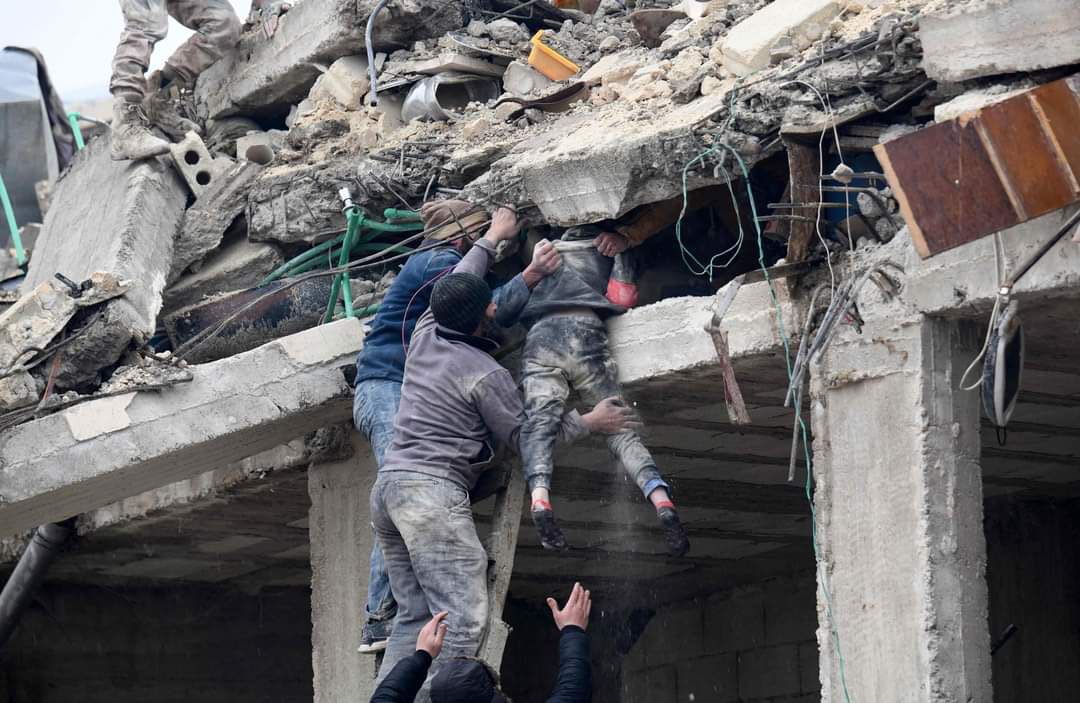
In 2016, the White Helmets team was nominated for the Nobel Peace Prize, but it did not receive it.
In the same year, the team won the annual award of the Swedish organization Right Livelihood for human rights, which is considered an alternative Nobel.
The White Helmets have been internationally praised for their work, with a Netflix documentary called The White Helmets winning an Academy Award in 2017, while a second film focused on the group, Last Men in Aleppo, was a 2018 Oscars nominee.


